In an era where sustainability is not just a choice but a necessity, permeable pavers have emerged as a significant player in urban and residential landscaping. These innovative solutions offer a blend of aesthetics, functionality, and environmental benefits, making them a preferred choice for those looking to make a positive impact on their surroundings. This article delves into the core aspects of permeable pavers, breaking down their importance, installation processes, maintenance, cost-effectiveness, and environmental impact to offer a comprehensive understanding of their value in today’s world.
Table of Contents:
– Understanding permeable pavers
– Installation process and considerations
– Maintenance and longevity
– Cost-benefit analysis
– Environmental impact and benefits
Understanding permeable pavers
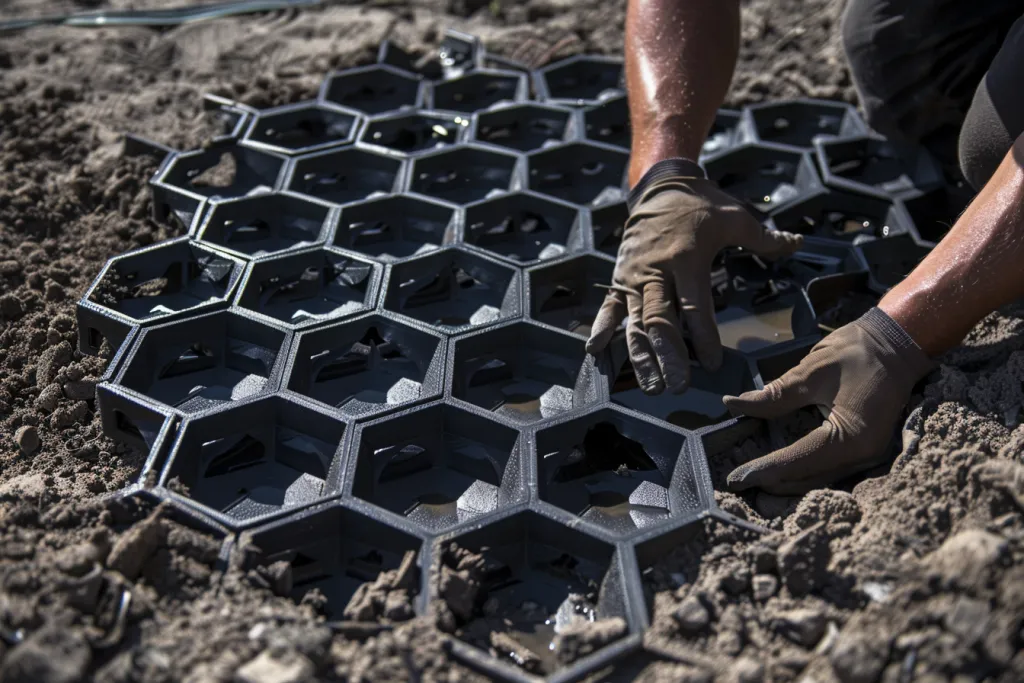
Permeable pavers, also known as pervious or porous concrete, are designed to allow water to pass through them, reducing runoff and promoting natural water infiltration into the soil. Unlike traditional paving materials, these pavers are laid out with spaces between them, filled with permeable materials like crushed stone, allowing rainwater to seep through. This unique design not only prevents water from pooling on the surface but also filters it, reducing pollutants and improving water quality.
The versatility of permeable pavers extends beyond their functionality. Available in various colors, shapes, and sizes, they offer endless design possibilities, enhancing the aesthetic appeal of any landscape. Whether for driveways, walkways, or patios, permeable pavers provide a durable and attractive solution that complements the natural environment.
The environmental benefits of using permeable pavers are significant. By facilitating natural water infiltration, they help replenish groundwater supplies and mitigate the heat island effect in urban areas. This contributes to a cooler, more sustainable environment, aligning with contemporary efforts towards green building practices.
Installation process and considerations

Installing permeable pavers requires precision and understanding of the underlying terrain. The process begins with excavating the area to a depth that accommodates the paver system, including a base layer of crushed stone and a bedding layer of finer aggregate. Proper grading is essential to ensure water flows in the desired direction, preventing potential flooding or pooling.
The choice of base materials is crucial for the longevity and effectiveness of the permeable paver system. High-quality, angular stone aggregates are recommended for their ability to provide a stable foundation while allowing water to filter through efficiently. Compacting these layers properly is vital to prevent settling and shifting of the pavers over time.
Professional installation is often recommended to navigate these complexities, ensuring the permeable paver system functions as intended. While this may increase initial costs, the long-term benefits of a correctly installed permeable pavement are well worth the investment, offering a sustainable solution that lasts for years.
Maintenance and longevity
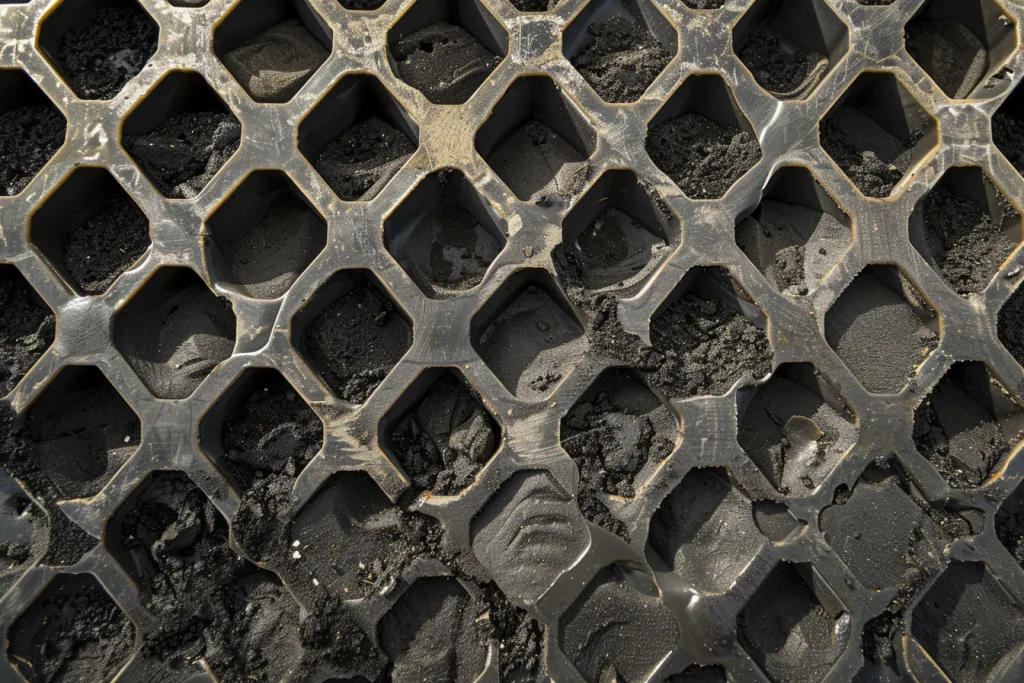
One of the appealing aspects of permeable pavers is their low maintenance requirements. Regular cleaning, typically done with a leaf blower or a gentle wash, helps prevent the buildup of debris in the gaps between pavers, maintaining their permeability. In areas with heavy sedimentation, occasional vacuum sweeping may be necessary to remove finer particles that could clog the system.
Despite misconceptions, permeable pavers are highly durable and capable of withstanding heavy loads, making them suitable for driveways and parking areas. The key to their longevity lies in the quality of installation and the materials used. With proper care, a permeable paver installation can last several decades, offering a cost-effective, long-term paving solution.
Seasonal changes can affect the performance of permeable pavers, particularly in colder climates where freeze-thaw cycles are common. However, the inherent design of these systems allows for natural expansion and contraction, minimizing damage and preserving the integrity of the pavement over time.
Cost-benefit analysis
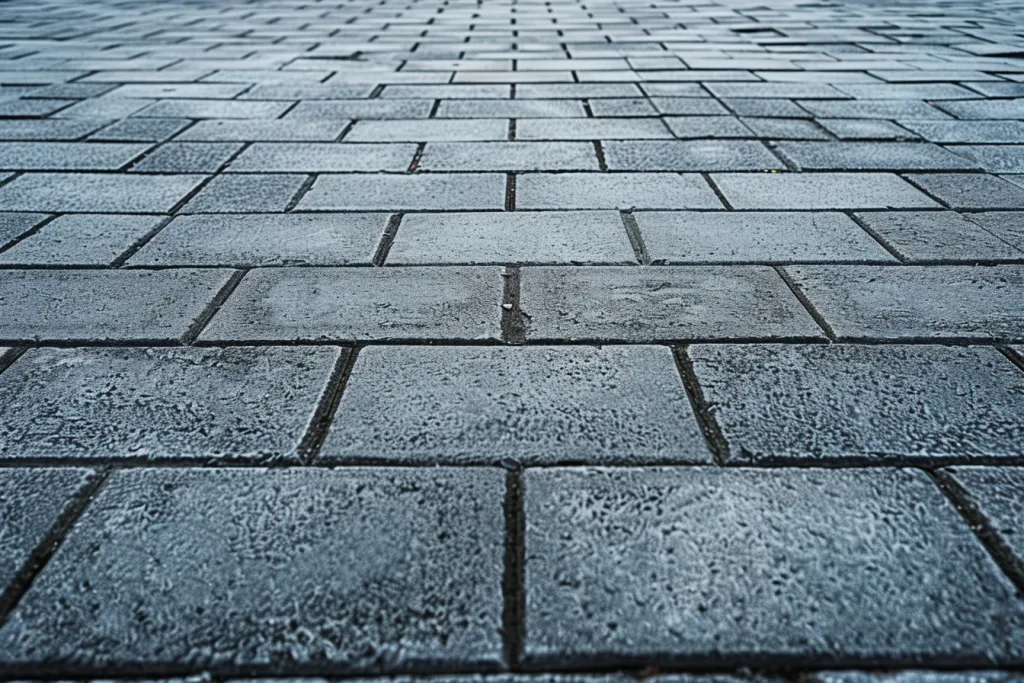
While the initial cost of permeable pavers may be higher than traditional paving options, the long-term savings and benefits often outweigh these upfront expenses. Reduced stormwater runoff can eliminate the need for expensive drainage systems, while the durability and low maintenance requirements of permeable pavers contribute to ongoing savings.
Moreover, many municipalities offer incentives or credits for implementing permeable paving solutions, recognizing their role in stormwater management and environmental conservation. These financial incentives can significantly offset the initial installation costs, making permeable pavers a smart investment in sustainable infrastructure.
The aesthetic appeal of permeable pavers also adds value to properties, enhancing curb appeal and potentially increasing resale value. This, combined with the environmental benefits and cost savings associated with reduced runoff and infrastructure demands, makes permeable pavers an economically sound choice for both residential and commercial projects.
Environmental impact and benefits
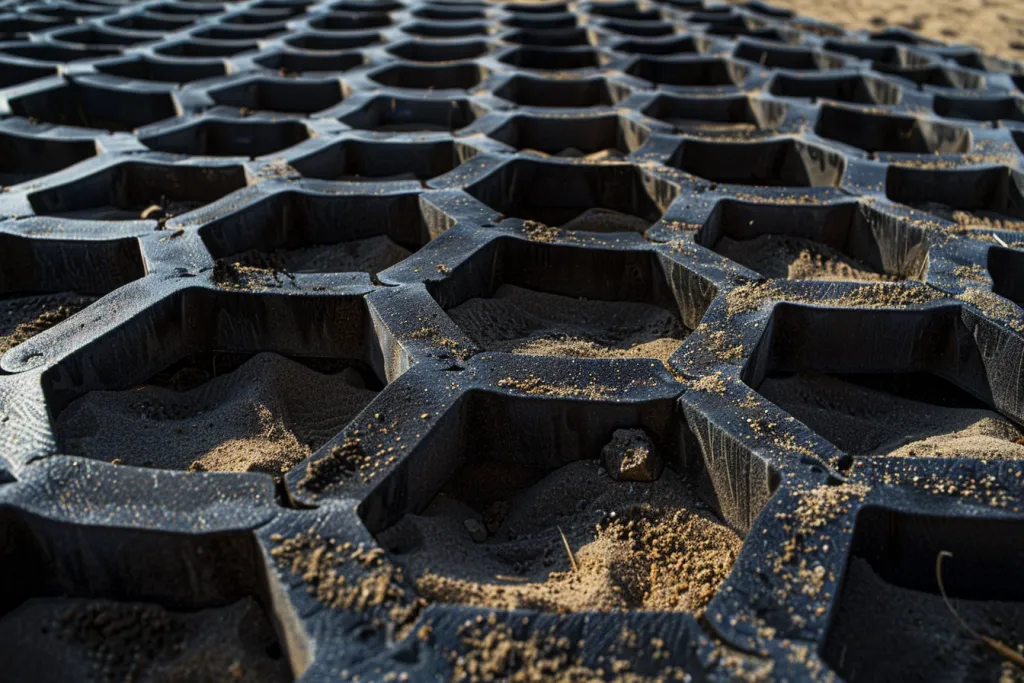
The environmental advantages of permeable pavers are profound. By promoting natural water infiltration, these systems help reduce stormwater runoff, decrease erosion, and filter pollutants, contributing to cleaner waterways and healthier ecosystems. This aligns with global efforts to combat urban heat islands, improve air quality, and support biodiversity in built environments.
Permeable pavers play a crucial role in sustainable urban development, offering a practical solution to the challenges of stormwater management. By mitigating the impact of impervious surfaces, these systems help cities adapt to changing climate conditions, reducing the risk of flooding and water scarcity.
Incorporating permeable pavers into landscaping projects represents a step towards a more sustainable future, where infrastructure works in harmony with the natural environment. Their ability to balance aesthetic appeal with practical and environmental benefits makes permeable pavers a pivotal component of green building practices.
Conclusion:
Permeable pavers offer a sustainable paving solution that combines functionality, aesthetic appeal, and environmental benefits. From their installation and maintenance to their cost-effectiveness and positive impact on the environment, these innovative systems address the pressing needs of modern landscapes. By choosing permeable pavers, individuals and communities take a significant step towards sustainable development, contributing to a healthier planet for future generations.
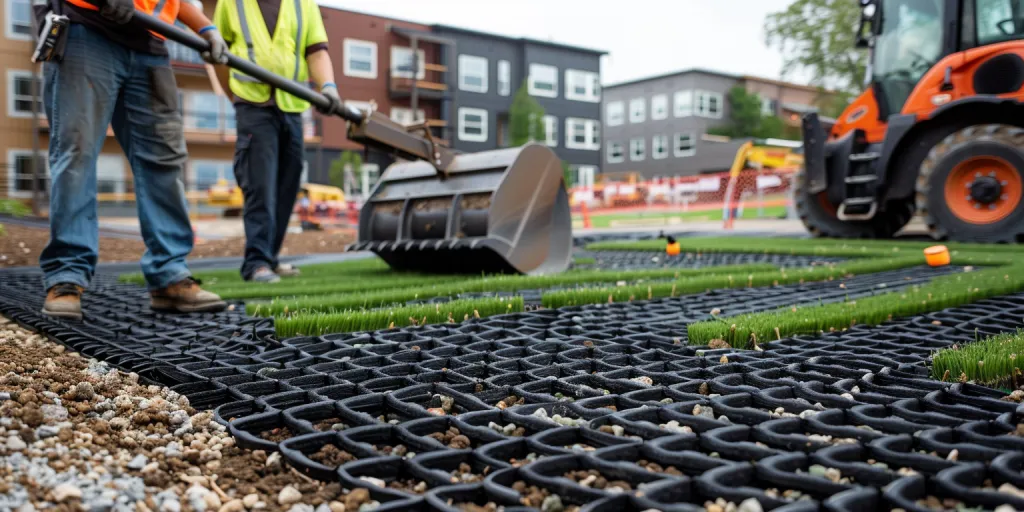




 Afrikaans
Afrikaans አማርኛ
አማርኛ العربية
العربية বাংলা
বাংলা Nederlands
Nederlands English
English Français
Français Deutsch
Deutsch हिन्दी
हिन्दी Bahasa Indonesia
Bahasa Indonesia Italiano
Italiano 日本語
日本語 한국어
한국어 Bahasa Melayu
Bahasa Melayu മലയാളം
മലയാളം پښتو
پښتو فارسی
فارسی Polski
Polski Português
Português Русский
Русский Español
Español Kiswahili
Kiswahili ไทย
ไทย Türkçe
Türkçe اردو
اردو Tiếng Việt
Tiếng Việt isiXhosa
isiXhosa Zulu
Zulu